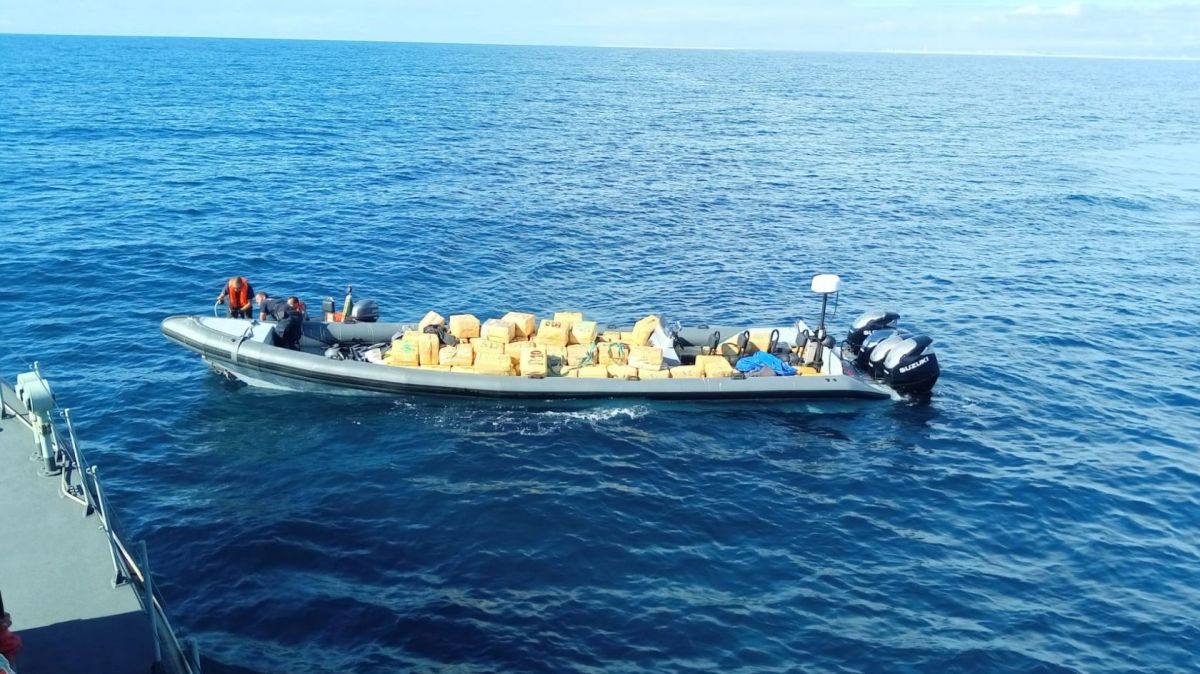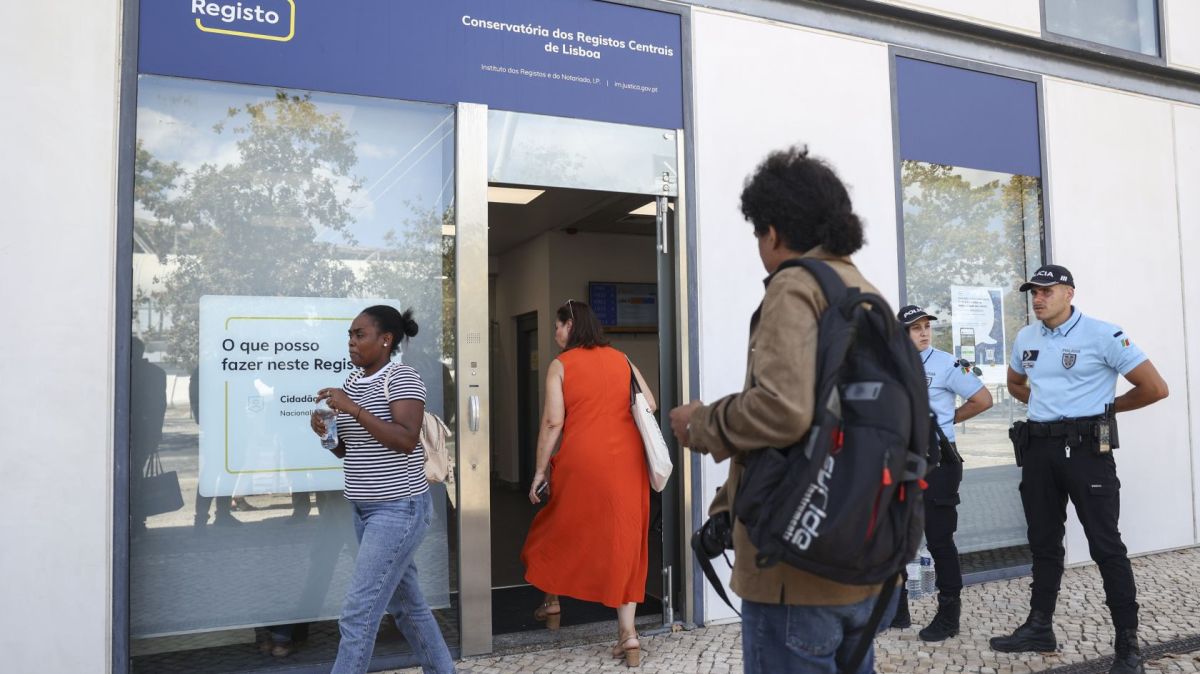According to the director of the National Unit for Combating Drug Trafficking (UNCTE) of the Judicial Police (PJ), there has been a very significant increase in the use of speedboats for the collection on the high seas of "considerable quantities of cocaine" from Latin America.
"These vessels go to the middle of the Atlantic, literally, to collect drugs that come on other vessels," Artur Vaz told journalists on the sidelines of a conference held at the PJ in Faro, noting that, previously, these speedboats were mainly used to transport hashish from North Africa to the Iberian Peninsula.
Also present at the conference, Paulo Silva, head of analysis at the Maritime Analysis and Operations Centre (MAOC), explained that cocaine is loaded onto narco-submarines which then transfer it to narco-boats, making intervention by the authorities complex.
“Because, on the one hand, we have vessels, such as narco-submarines, which are difficult to detect, and then this cocaine is transferred to these narco-boats, which have several refuelling points along the way, and therefore, this makes intercepting these vessels very complex,” he said.
According to the officer, in the case of narco-submarines, they are loaded either at the departure point from where they are built, or at the place where they are built, namely in South America, and the route is often direct to Europe.
“We are effectively seeing these very well-equipped boats going further and further afield; in some cases, we are talking about more than 100 nautical miles, so they are capable of leaving the Iberian Peninsula and passing through the Azores and Madeira areas,” he illustrated.
The Southern Directorate of the PJ (Judicial Police), in Faro, hosted the conference “Drug Trafficking by Sea – The Narcoboats”, which included the participation of various national and international entities to define strategies for a more effective action by the authorities in the prevention and repression of drug trafficking.














